In early 2021 the artist and jeweler Kaye Blegvad sent me a set of erotic zines, sometimes known as Tijuana bibles, including one by Maria-Ines Gul. I’d seen Gul’s work for years in the pages of Rookie magazine, where she worked as a staff illustrator (and once drew my portrait!). Gul was born in Poland and is now based in London. Her work is bold, graphic, and pointed: feminist without being stereotypically feminine. I might call it “vivid femme,” with hints of surrealism and noir. When I asked her to draw the cover for our Spring Books issue, she sent a group of sketches that each evoked a warm spring day: a sunlit building façade, a desktop, a bouquet, a tempest atop a teacup, and some abstracts. We picked the teacup, and the final illustration, Clouds in My Coffee, brought together a swirl of yellows, oranges, pinks, and blues around the steam rising from the coffee.
Last week I e-mailed Gul to ask her about her childhood, her art process, and the beauty of Polish poster design.
Leanne Shapton: Where did you grow up, and what were your parents like?
Maria-Ines Gul: I spent my childhood in the rural and scenic Polish countryside, surrounded by vast green forests and constellations of lakes. My parents, both geography teachers, always encouraged my creative pursuits. My dad in particular had a passion for maps and collaged album art sleeves for his bootleg cassette tapes.
What did you look at and read as a child?
I loved playing piano and dancing to Kate Bush. My grandmother was a kindergarten headmistress, so the house where I grew up was filled with an impressive collection of vintage Polish children’s books and illustrated magazines from the 1960s through the 1980s. The striking, brilliant images in their pages heavily influenced my imagination and set me directly on the path to study poster design at university.
Polish posters are famous for being bold, beautiful, and memorable. Why do you think that is? And is contemporary poster design from Poland carrying on that tradition?
The Polish School of Posters emerged out of a tiny window of freedom that miraculously opened during what was otherwise a time of extreme scarcity and political repression in Poland, from the 1950s to the 1980s. The style bloomed and developed as a response to certain limitations and constraints—a sentiment I share in my work. I was lucky to study under the Polish poster superstar Andrzej Klimowski at the Royal College of Art in London. Professor Klimowski always encouraged me to celebrate dreamlike qualities in my art, and to introduce an element of mystery to my images.
Poster art is definitely not dead. Its methods translate to any modern medium that aims to intrigue the viewer, often by flirting with playful typography. Perhaps, in the era of the extra short attention span, the form has to work harder than ever to catch peoples’ eyes. Meanwhile, I still go back to the old masterpieces whenever I need inspiration. I am the proud owner of a small collection of original prints by Jan Mlodozeniec, which I sourced from the brilliant poster dealers Projekt 26.
How did you develop your drawing style? Were there artists and illustrators you looked to as role models?
After receiving a large set of Crayola crayons from a family friend in New York City, I spent my childhood with crayons practically glued to my hand: I made mock-up books and imaginary magazines. Choosing a career in illustration felt like a quite straightforward and intuitive journey to me. Like a clichéd storyline, my earliest jobs involved designing record sleeves and creating posters for my friend’s bands. The first serious commissions started arriving in my inbox around the time I joined Tavi Gevinson’s Rookie as a staff illustrator.
Some of my earliest illustration heroes were Ludwig Bemelmans, Józef Wilkoń, and Tove Jansson. During my undergrad years, I discovered the work of Eric Ravilious and Edward Bawden, as well as contemporary artists like Carson Ellis, Riikka Sormunen, and Jockum Nordström.
I was introduced to your work by Kaye Blegvad, through her sex zines. How did you find each other? Since the end of Rookie magazine, are you following any great new feminist or otherwise politically engaged publications and designers?
Kaye was one of my first Instagram friends back in the early 2010s! That reminds me of how different social media felt back then: inspiring, exciting, uplifting. Rookie was such a special chapter in my life, and it’s no surprise that an extraordinary community built itself around the magazine, including many people who started new spaces that had the same commitment to creativity and women’s work. Nowadays, it seems like we are all being fed the same content by the omnipresent algorithms, making exciting and original material much more isolated. (Most often I encounter it on a Substack.) However, there is still magic to be found, sparks of life in alternative print publications like Polyester or the Polish zine Girls & Queers to the Front!
What was the idea behind Clouds in My Coffee?
My work is on a constant mission to capture the magic spark in mundane, everyday moments and objects. I prefer to work with paint on paper; the most exciting images often result from raw and uncontrollable “happy accidents.” With the cover painting, I wanted to seize that brief moment of stillness people experience over a morning cup of coffee. That moment captures how I feel as spring arrives—a quiet yet potent shift.
What are your sketchbooks looking like lately?
Recently they’ve been filled with to-do lists rather than drawings, embarrassingly. Sketchbooks can be such precious mirrors, with a sharp precision that mercilessly exposes what’s going on underneath the surface of our lives. I pick tiny sketchbooks that fit in my pocket, so they are always ready at hand. I keep one reserved for strange and vivid dreams on my bedside table.
What work or project are you proudest of?
I am most excited about projects that give my illustrations a second life, especially when you can catch them in the wild—like this magazine cover! Last summer I got to draw custom book covers live on the publication day of Sally Rooney’s Intermezzo, which was definitely a pinch-me kind of moment.

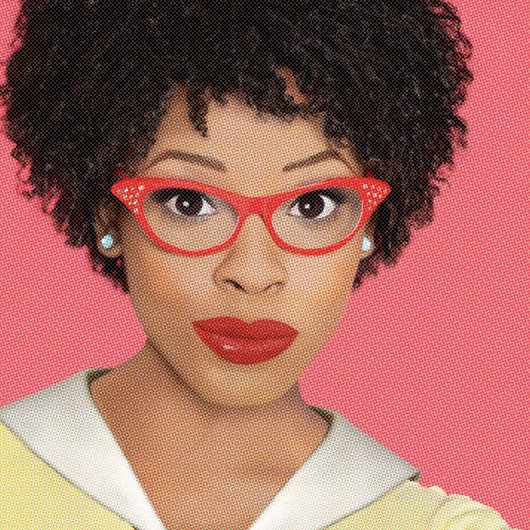
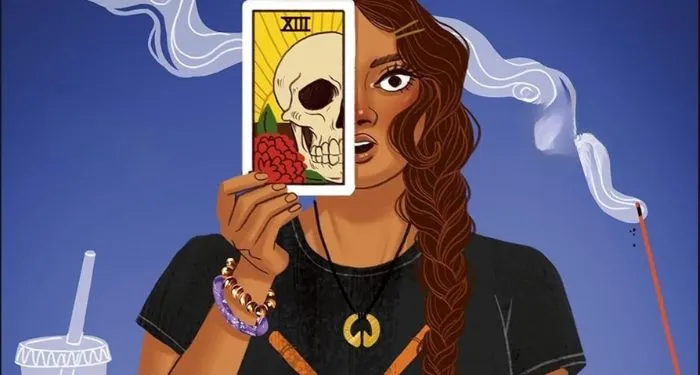

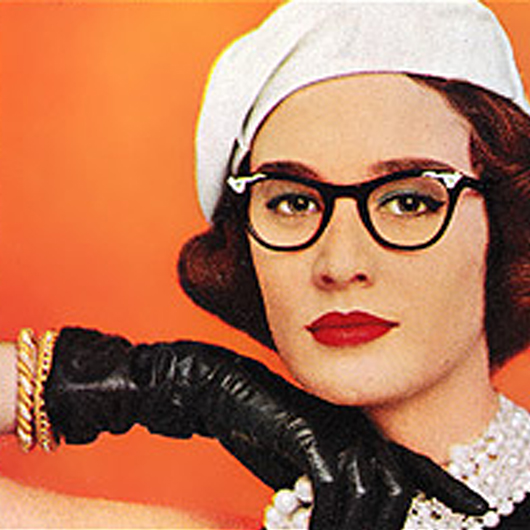





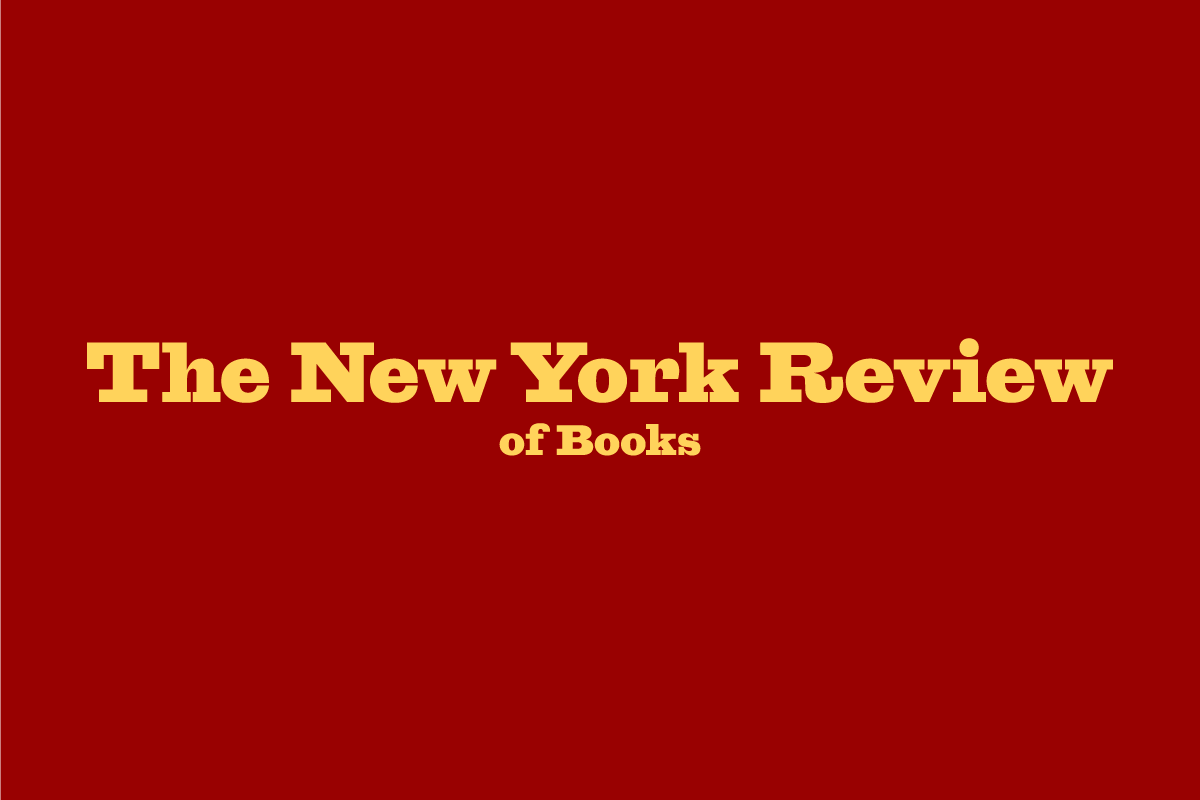
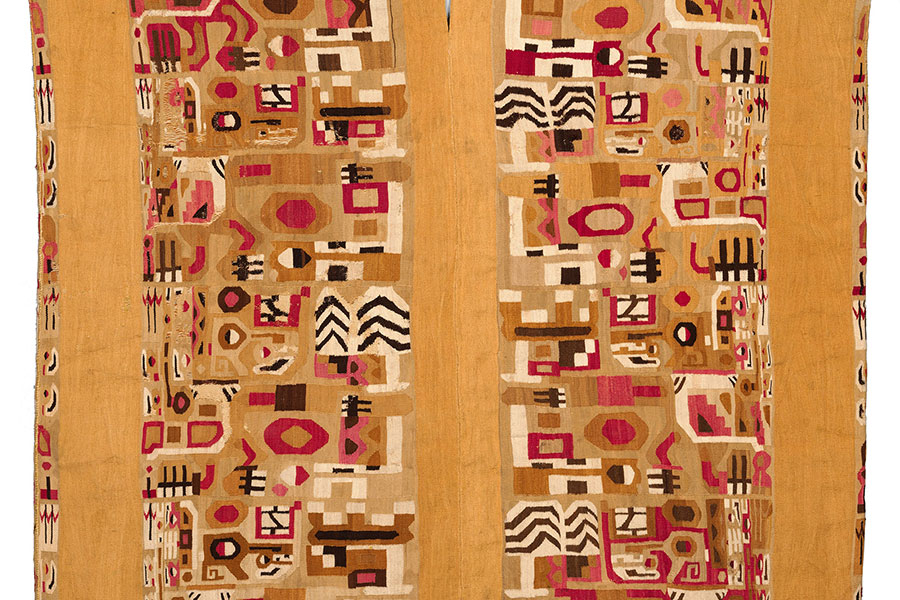

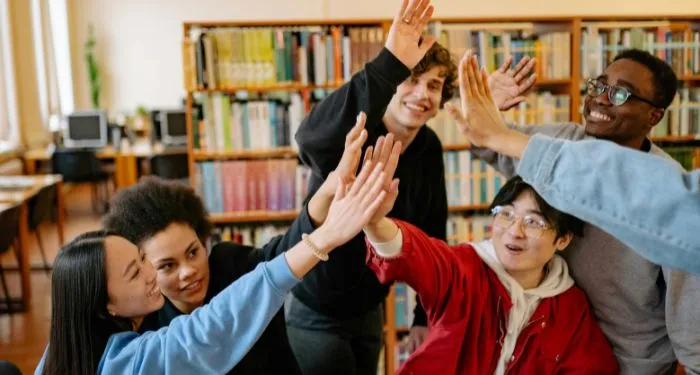

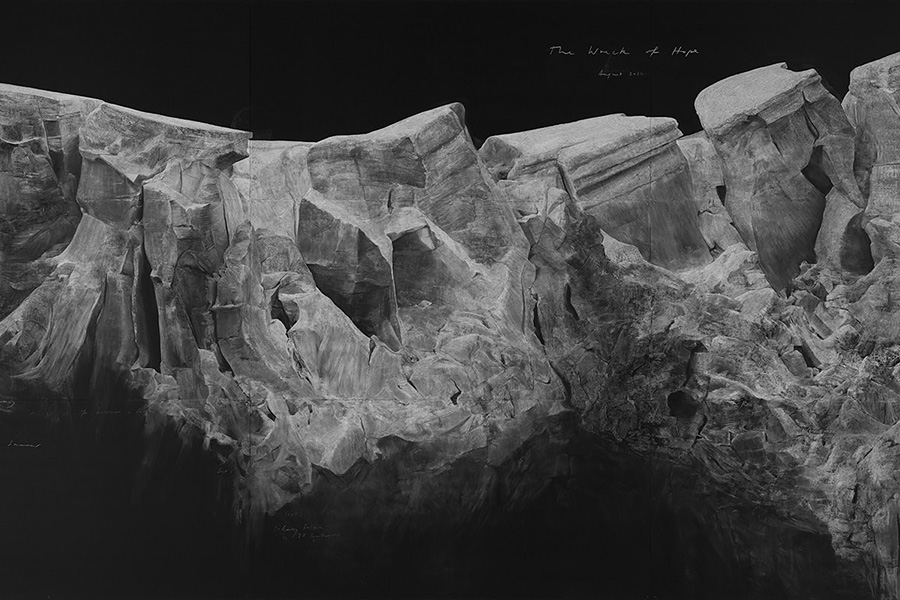


 English (US) ·
English (US) ·